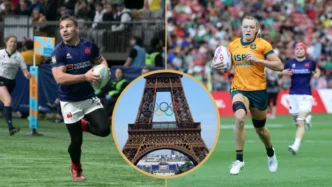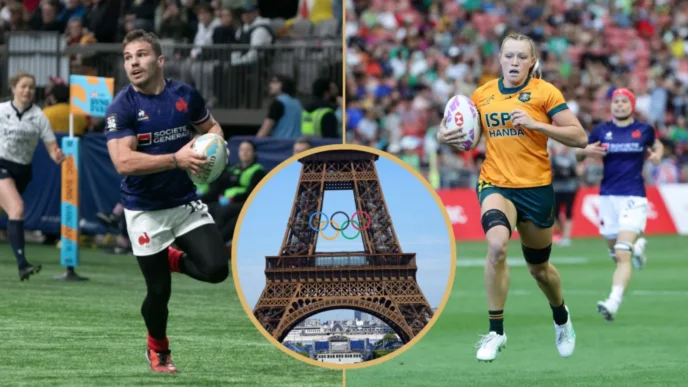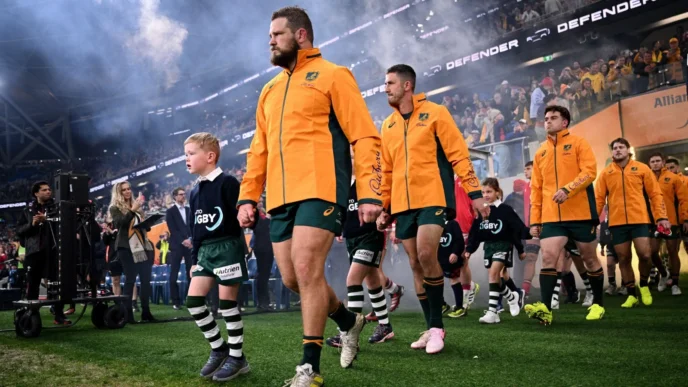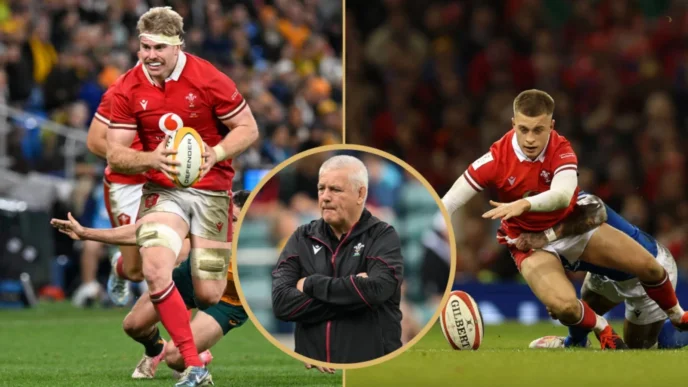Rugby Union Gameplay: Former Ireland Flanker Weighs in on Concerning Tackle
Former Ireland flanker Alan Quinlan believes that Springboks lock RG Snyman could have been more cautious in the tackle that resulted in Ireland scrum-half Craig Casey being knocked unconscious during the first rugby union Test between the two sides.
While the hit from the towering Snyman was not deemed illegal, Quinlan argues that the significant size difference between the players should have prompted the South African to pull back and exercise greater duty of care.
“He follows through with the tackle,” the ex-Munster back-rower told Off The Ball. “The argument is certainly there as to ‘why don’t you stop? You don’t need to keep following through there’.”
Thankfully, Casey was able to walk off the field after the incident, but he has been ruled out of the second and final rugby union Test against the Springboks due to concussion. Quinlan noted that Snyman had produced a similar forceful tackle on another former Munster player, Edinburgh’s Ben Healy, during a recent United Rugby Championship fixture.
Despite the concerning nature of the incident, the retired Ireland international emphasized that there was no malice in Snyman’s actions.
“He doesn’t have to. This narrative is driven online that RG Snyman could have pulled back, but he hasn’t done anything there to try and hurt the player. I think he follows through the tackle and I think it’s more awkwardness.”
The loss of Casey is a blow for Ireland as they look to level the rugby union series against the world champion Springboks in Durban this weekend. Quinlan’s assessment of the tackle highlights the ongoing debate around player safety and the duty of care required, especially in cases where significant size disparities are at play.
🔗 Source













